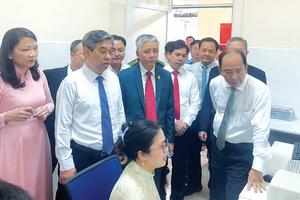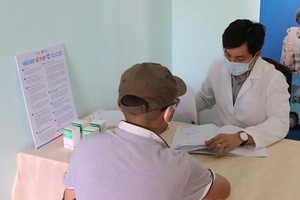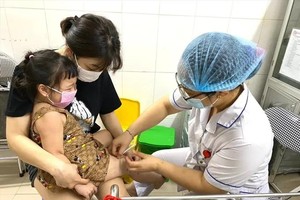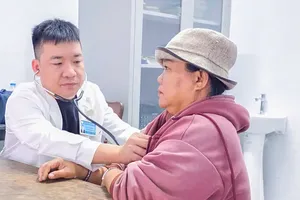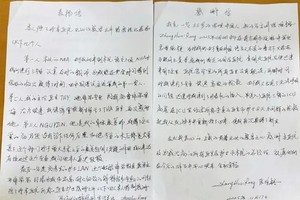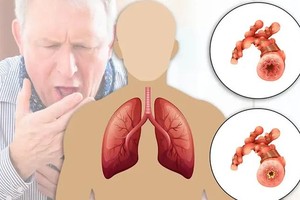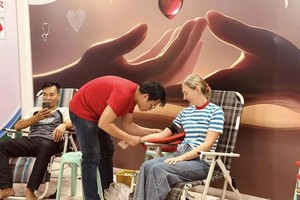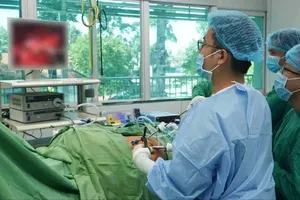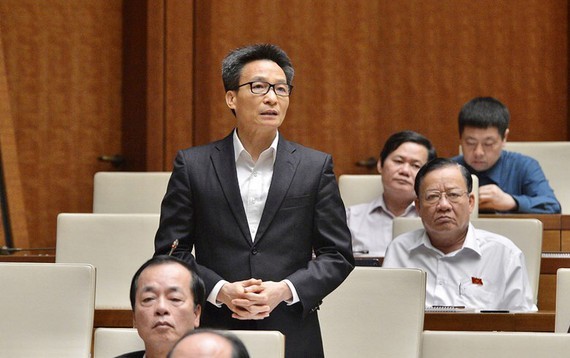
According to Deputy PM Dam’s reveal at the National Assembly's question-and-answer (Q&A) session yesterday, Vietnam's medicine spending reached VND120 trillion (US$5.1 million) yearly but the health insurance industry can cover as low as 36-37 percent of the amount.
The fact requires the government to keep making effort to both improve residents’ income and raise the rate of health insurance coverage.
Deputy Nguyen Thi Kim Be from the Mekong Delta Province of Kien Giang complained that insured patients must buy medicine in pharmacies as per doctors’ prescription. Deputy PM Dam confirmed this pointing out the culprit of impropriate payment policies.
Presently, a person pays VND1.1 million in health insurance premium; the amount is still relatively low compared to other South-East Asia countries such as the Philippines, Singapore, and Thailand.
Though Vietnam can manufacture medicines, it must import 90 percent of materials, therefore, price of drugs made by local companies is same as their foreign peers.
The government has strived to reduce drug prices but the insurance agency can’t pay all drugs but normal ones; hence, insured patients must pay for their own a drug that was originally protected by chemical patents.
Additionally, Deputy PM Dam complained of negative contact between doctors and pharmaceutical representatives and drug firms to prescribe expensive medications for patients to earn commission. To fight the issue, the health sector has come up with different solutions including applying high-technologies.
Currently, the health sector has provided online four-grade public services as well as implemented telemedicine and publicized news relating to the sector management. In the upcoming time, the Ministry will connect all medical facilities in the country, pharmacies, electronic bill, e-medical and accept medical test results carried out by all hospitals countrywide.
At the Q&A session, Deputy PM Dam spent 20 minutes replying to queries about issues within his remit including self-finance in universities, retirees with low pension, insured people still paying at medical centers.

